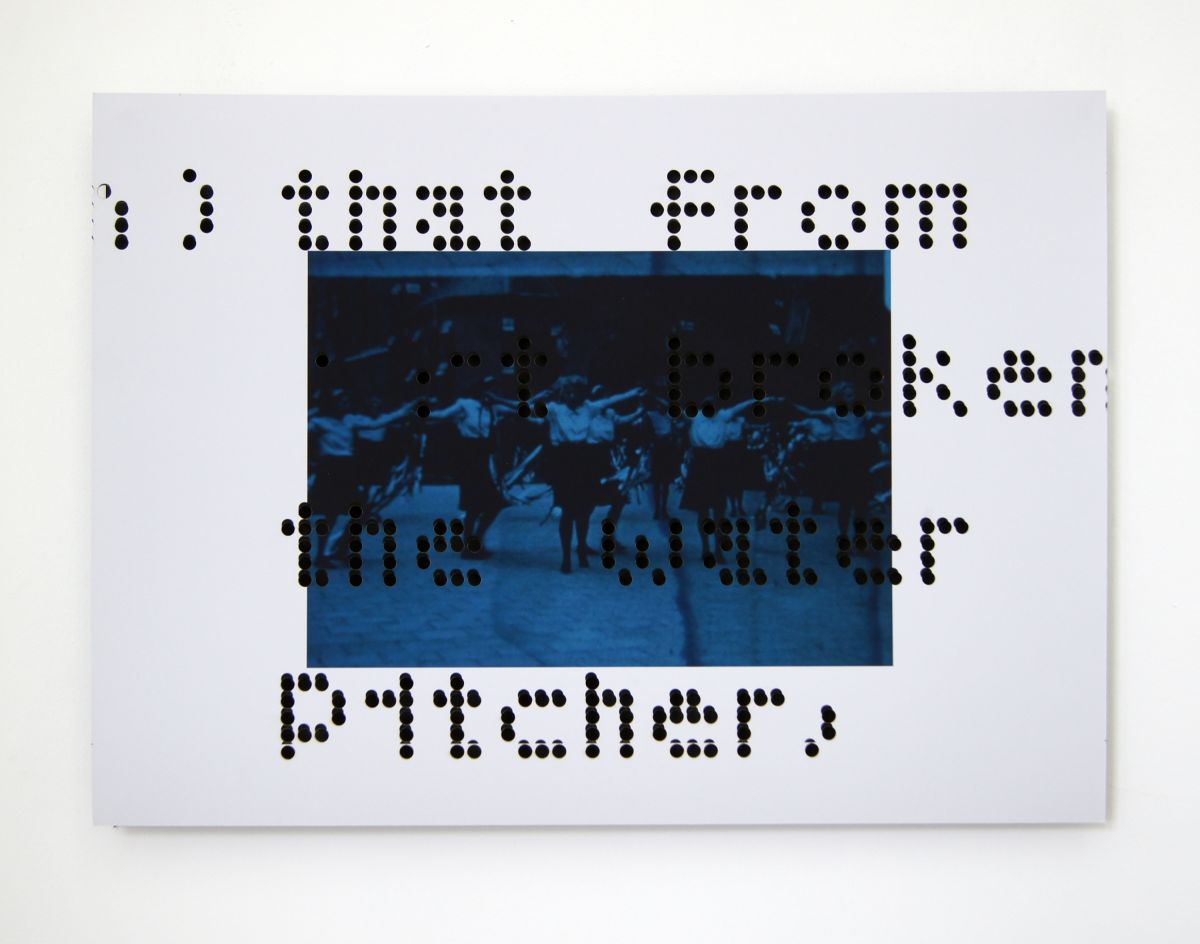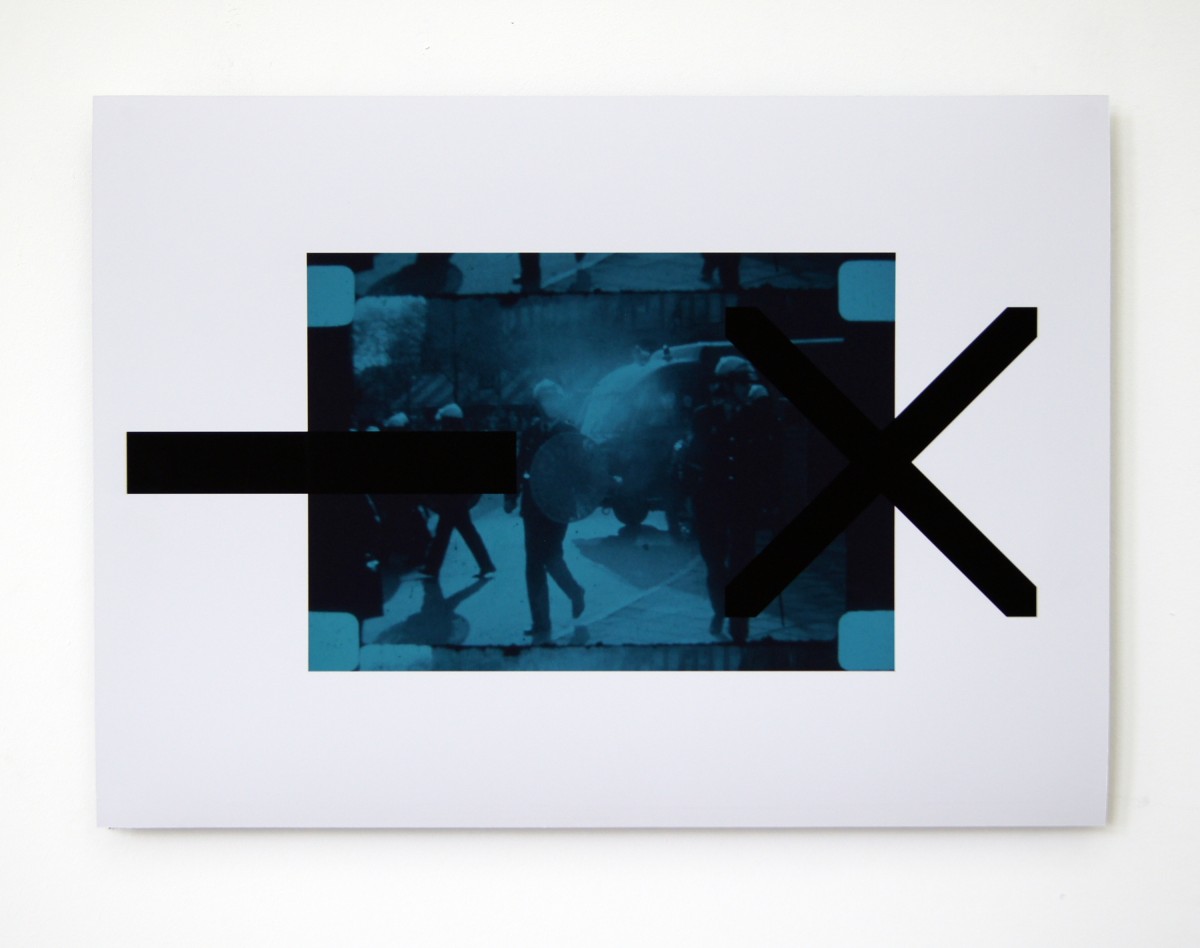Aimée Zito Lema | Preview

The living shadow of the archive
Suppose an artist engages in a project with an archive, like the one of the EYE Film Museum in Amsterdam, or the archive of ACARTA, the venue for performance art and theatre of the Gulbenkian Museum in Lisbon. Does she take the images and documents to her studio as inspiration for her own associations?
Aimée Zito Lema does not. She’ll first ask what you could call radically poetic questions: about the circumstances, experiences and history behind the structure and content of the archive. Which people and images are not represented in it? How does the order in the archive guide the perception of the images, in both intended and unintended ways? What is the function of the archive, and who does it serve? And above all: what meaning does its presence offer?
In Lisbon, Zito Lema collaborated with the Theatre of the Oppressed, a space in which marginalised people portray their experiences through theatre workshops. The children and grandchildren of those who lived through dictatorship, colonialism and the Carnation Revolution and did not visit ACARTA at the time, improvised and fabled, played with the photographs from the archive as if they were costumes, and told stories from their own family history.
Aimée Zito Lema created three films of the workshops, which were shown in the venue where the ACARTA performances took place between 1984 and 2002. Installations showed images from the archive she had photographed, enlarged, and edited. She made assemblages of screen prints of these photos, which can be seen in Roof-A.
With her project called 13 shots, Zito Lema has created a space between archive and social reality in which people enter a meaningful relationship with the archive that was originally foreign to them and did not portray them. The space renders forgotten and suppressed experiences of people who lived through dictatorship, colonialism, and revolution sensory and physical. The stories, gestures, sounds of the voices, and visual edits have brought the archive to life. The viewers’ perception of the archive is changed, and we become aware of what these radically poetic questions reveal – not only hope, resilience, and imagination, but also the pain, violence, and exclusion which exist in and around an archive.
The film and the inkjet prints that Aimée Zito Lema made through her time in the EYE archive, offer a voice to those parts of the archive that are usually considered trivial, indeterminate, anonymous, and unusable. Amateur films without known author and location, the codes in the margins of the celluloid, the titles written in punch holes for the operator, damage in material and lenses, or projectors influence what we see.
Zito Lema has created a visual poem of 350 metres of celluloid full of fleeting scenes of animals, children, water, coastlines, and trees, and immersed it in 5 different colour baths. A scene of a pleasant day at the beach is followed by the registration of the exhumation of executed resistance fighters in the dunes, who are taken to a field of honour. All that we’re left alone with are the gaps, imperfections, dark mysteries, and hidden connections that exist in an archive.
Text: Dirk van Weelden
